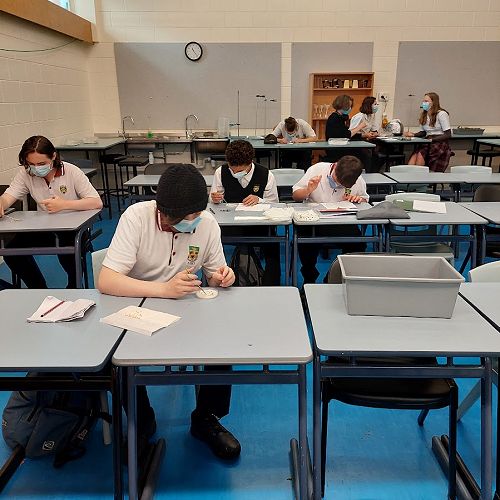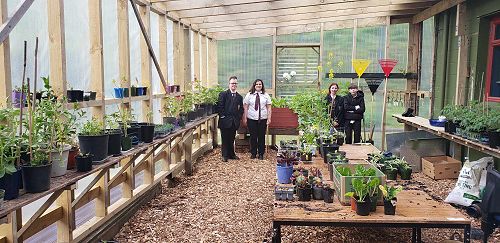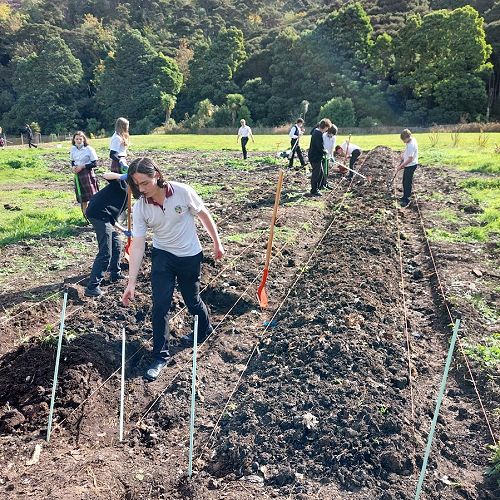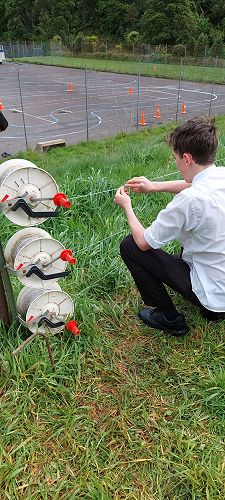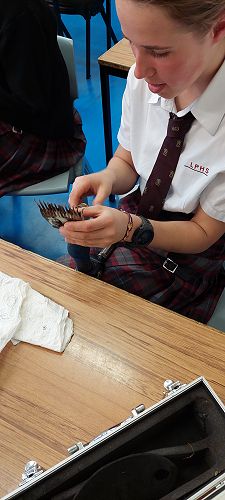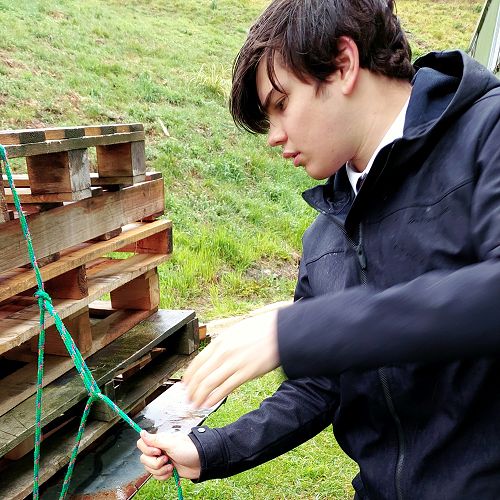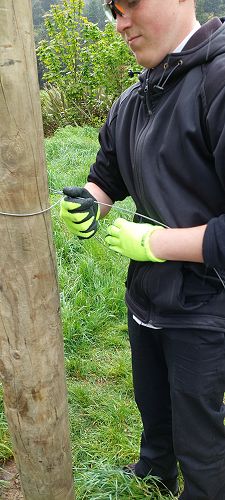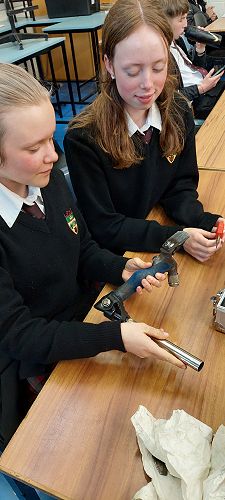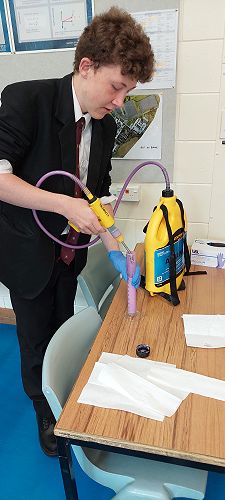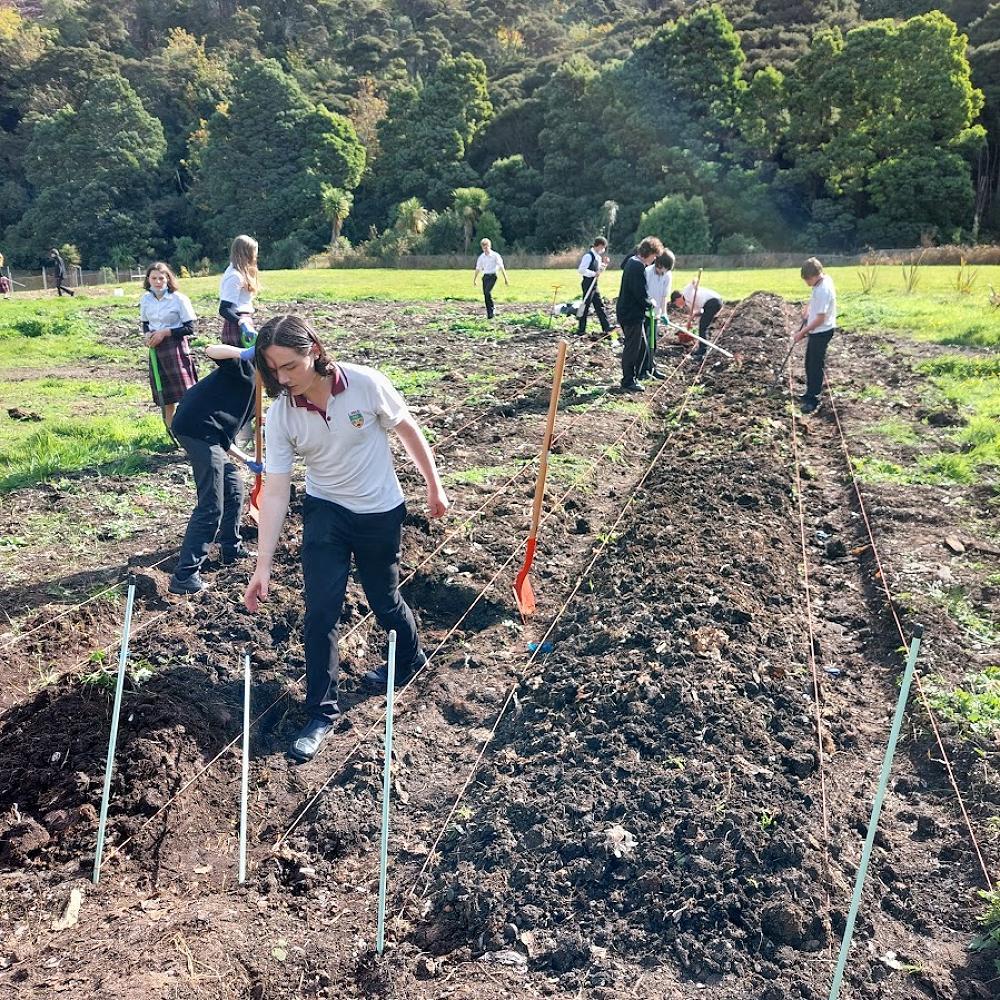
Agricultural and Horticultural Science 2022
Agricultural and Horticultural Science is back on the menu at Logan Park after a break of about 30 years. The last Horticulture class was in 1993 and since then things have changed significantly both in production methods in the field and what is taught in class. The emphasis is now very much on the Science.
In both the Y10 option class and the Y11 NCEA Level 1 class, many of the students had minimal or no knowledge or experience of farm life but all were keen to learn and explore something new. There was plenty of new on offer!
Year 10s started the year learning to identify local native trees in the bush around the school, as well as using samples brought in to class, and many students were confidently able to use Maori, English and Latin names. The theme developed into methods of seed collecting, storage and germination including experiments such as breaking Kowhai dormancy with hot water and acid.
We had mixed success with the larger garden plot as the Year 10s successfully created low raised beds using the ‘Lazy Bed’ technique but lots of rain and poor drainage made the area unworkable and more suitable for rice growing for most of the Spring! We’re going to ‘Plan B’ for next year!
Our special thanks go to Dave, our school caretaker, for building us a superb large greenhouse / growing house and planter boxes for propagation activities and to Heidi for her help and organisation with practical work in the greenhouse with the Year 11s.
For those more interested in farm livestock, other Year 10 topics included dairy farm management, cow breeding, feeding and health and grazing management and then sheep production and management through the year, with lots of interest in the many unsavoury health problems of sheep! By popular request the topic of bees and beekeeping was added in Term 3 with students assembling a beehive (minus the bees!) and getting familiar with some of the tools and routines. More recently Year 10s have been focusing on environmental issues such as the effect of different crop cultivation methods on soils and sustainability and biodiversity and the importance of riparian planting and winter grazing management.
The Year 11 course has been equally varied but structured around the NCEA Achievement Standards. We started the year looking at how and why different farming systems are distributed around NZ and students chose agricultural and horticultural production systems to research.
Plant propagation was the main theme early in Term 2, investigating seed dormancy, collecting, and storage and sowing techniques, as well as vegetative propagation, focusing on plant division, cuttings and layering.
Livestock management topics – ruminant digestive systems and feeding requirements, control of reproduction and animal health – were the main themes for study in Term 3, preparing for the external assessment, along with soil management, looking at soil structure, fauna and microbes and how they are affected by normal agricultural and horticultural practices like liming, using fertiliser and compost, irrigation and drainage, crop rotation and trends to minimal cultivation. We finished the year comparing pasture and crop production on two farms and also learnt some practical tasks for an internal assessment, such as setting up a shearing handpiece, calibrating a drench gun, tying a termination fencing knot with HT wire, setting up an electric fence and tying a load on a trailer with a Trucker’s Hitch.
As the Ag Scientists head into the summer holidays and a well-earned break, I am looking forward to seeing new and returning faces in Agricultural and Horticultural Science in 2023 and starting up the NCEA Level 2 course as well.
Gallery
